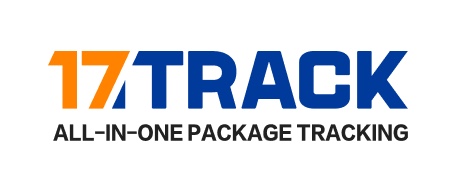In China-Australia freight transportation, the handling of high-value goods must follow a strict process of proper packaging, accurate declaration, professional customs clearance, safe transportation and insurance coverage to ensure the safety and compliance of the goods. The specific analysis is as follows:
I. Packaging and Marking of Goods
Professional Packaging
High-value goods (such as electronic products, precision instruments, luxury items, etc.) should be packed with custom-made materials that are shockproof, moisture-proof, and pressure-resistant, such as foam boxes, wooden frames, or air cargo containers. Fragile items should be filled with cushioning materials (such as bubble wrap, pearl cotton), and liquid items should be sealed to prevent leakage, with warning labels such as "Fragile" and "This Side Up".
Unique Identification
Each piece of goods should be affixed with a unique barcode or RFID tag for full tracking throughout the journey. The outer packaging should clearly indicate the name of the goods, quantity, weight, and information of the consignor and consignee to avoid confusion.
II. Selection of Transportation Mode
Priority on Air Transport
High-value goods usually choose air transport to shorten the transportation time (7-10 days) and reduce risks. If the volume is large or cost-sensitive, sea freight in full container load (FCL) can be selected, but the sealing of the container should be strengthened.
Temperature Control and Security
For temperature-sensitive goods (such as medicines, artworks), temperature-controlled cargo holds or refrigerated containers should be chosen. Some logistics companies provide armed escort services to ensure the safety of goods during transportation.
III. Customs Declaration and Clearance
Accurate Declaration
Name and Value: Truthfully declare the name, material, use, and true value of the goods to avoid fines or detention due to under or over declaration.
Document Preparation: Provide commercial invoices, packing lists, certificates of origin, quality inspection reports, etc. Special goods (such as cosmetics, food) need to submit additional licenses or inspection and quarantine certificates.
Prepayment of Duties: According to Australian customs regulations, the duty is 5% and the goods and services tax (GST) is 10%. When the declared value exceeds 1,000 Australian dollars, tax should be reserved and goods may be subject to inspection.
Clearance Process
Inspection and Quarantine: The Australian Quarantine and Inspection Service (AQIS) conducts strict inspections on imported goods, especially animal and plant products, food, and medicines.
Door-to-Door Delivery: Choose a logistics provider that offers DDU (Delivered Duty Unpaid) or DDP (Delivered Duty Paid) services to simplify the customs clearance process.
IV. Transportation and Distribution
Full Tracking
China-Australia freight transportation Monitor the location, temperature, and status of the goods in real time through the logistics system or third-party platforms. In case of abnormal situations (such as delay, damage), immediately notify the customer and activate the emergency plan.
Last Mile Delivery
Appointment for Delivery: Confirm the delivery time with the customer to avoid returns due to no one signing for the goods.
Unpacking and Assembly: Some logistics providers offer on-site unpacking and assembly services to enhance customer experience.
Recycling of Packaging Materials: Schedule the recycling of packaging materials after delivery to keep the environment clean.
V. Insurance and Risk Management
Full Insurance
Purchase transportation insurance for high-value goods to cover risks such as loss, damage, and theft. The insurance amount should be consistent with the actual value of the goods to avoid disputes during claims.
Risk Management Plan
Natural Disasters: Choose logistics routes with strong risk resistance and avoid areas prone to typhoons and heavy rain.
Political Risks: Pay attention to changes in China-Australia trade policies and adjust transportation plans in advance.
Data Security: For goods containing sensitive information (such as chips, technical documents), use encrypted transmission and dedicated escorts.
VI. Compliance and Prohibited Items
Prohibited Items List
Avoid transporting items strictly controlled by Australian customs, such as medicines, meat, flammable and explosive items, counterfeit goods, etc., otherwise they may be destroyed or fined.
Compliance Consultation
Cooperate with professional logistics providers to ensure that goods comply with Australian import standards (such as electrical appliances requiring SAA certification).


